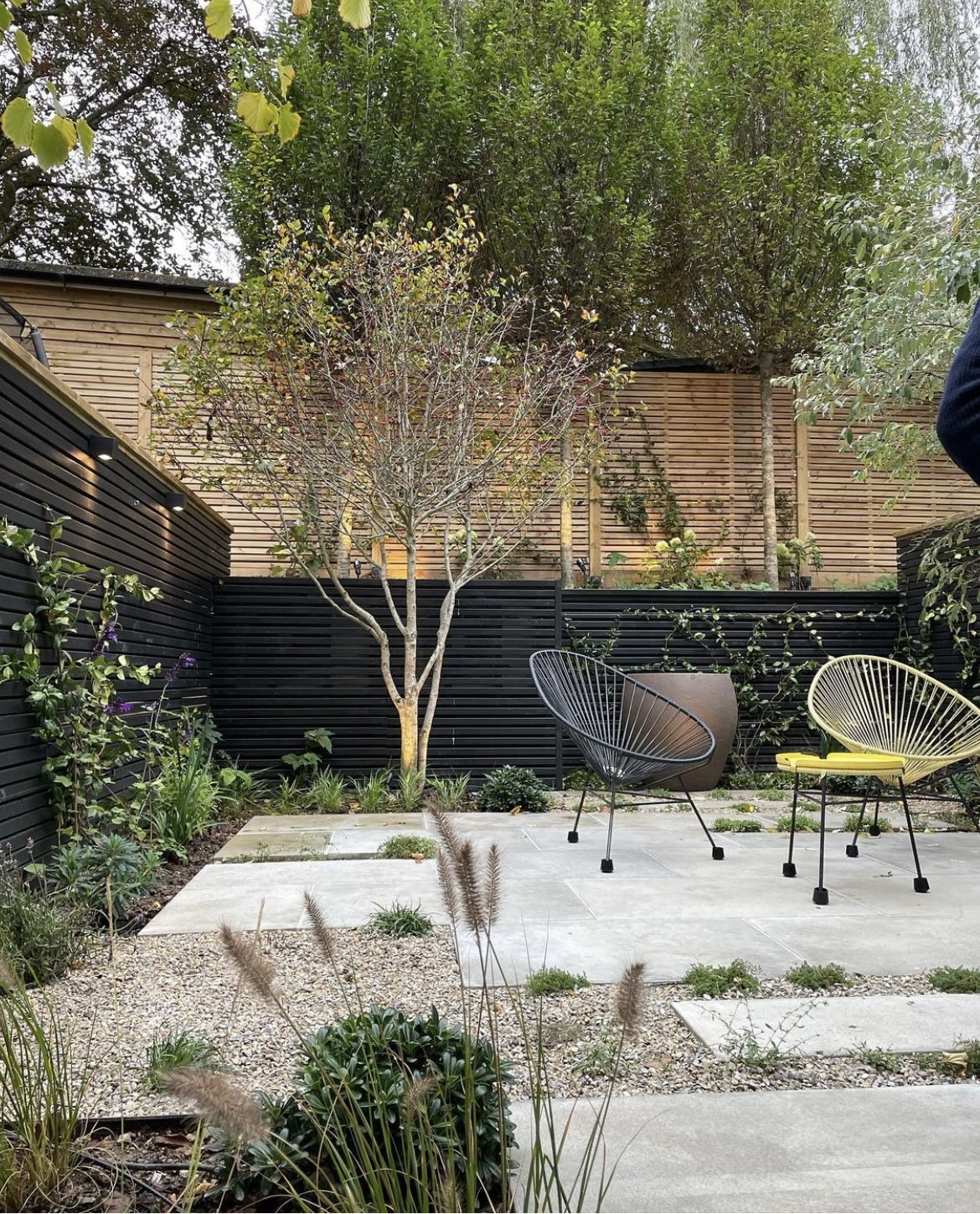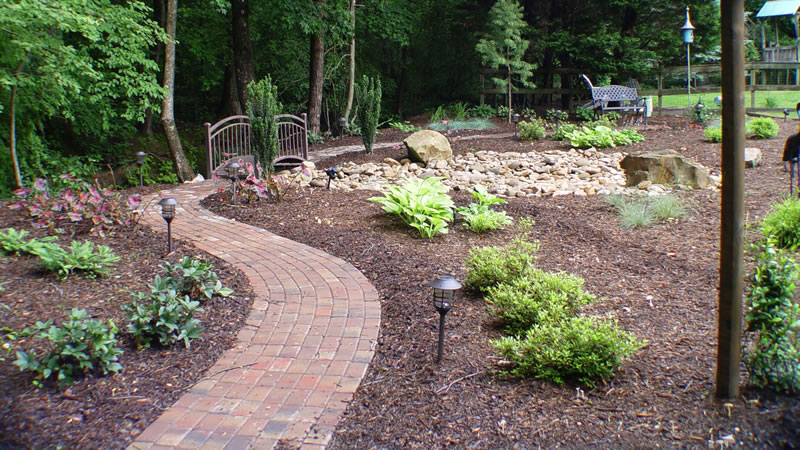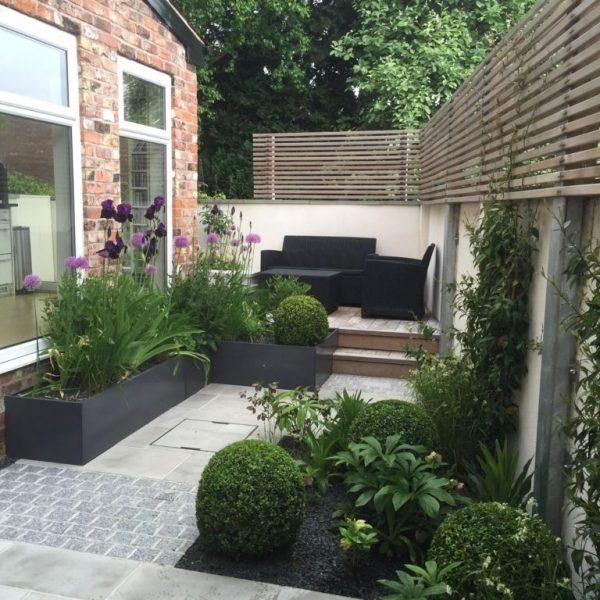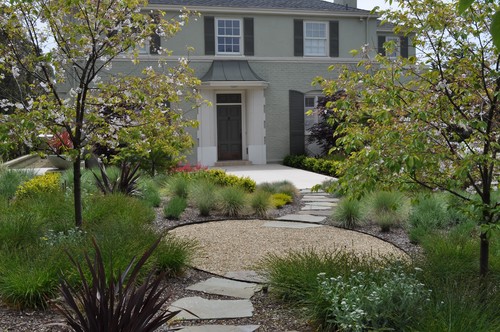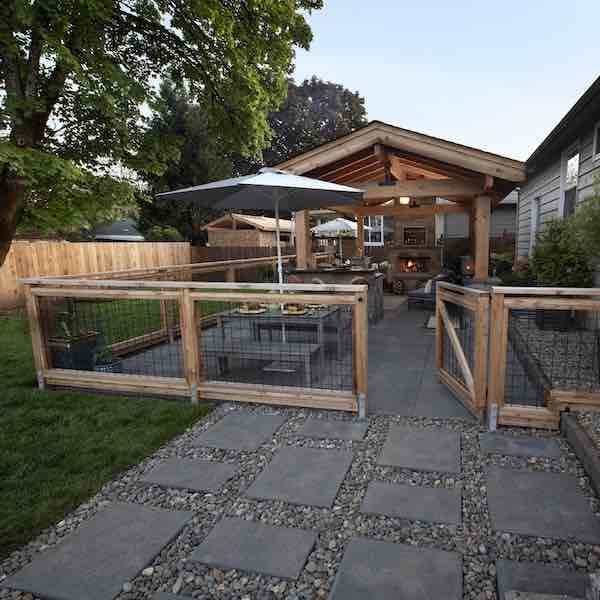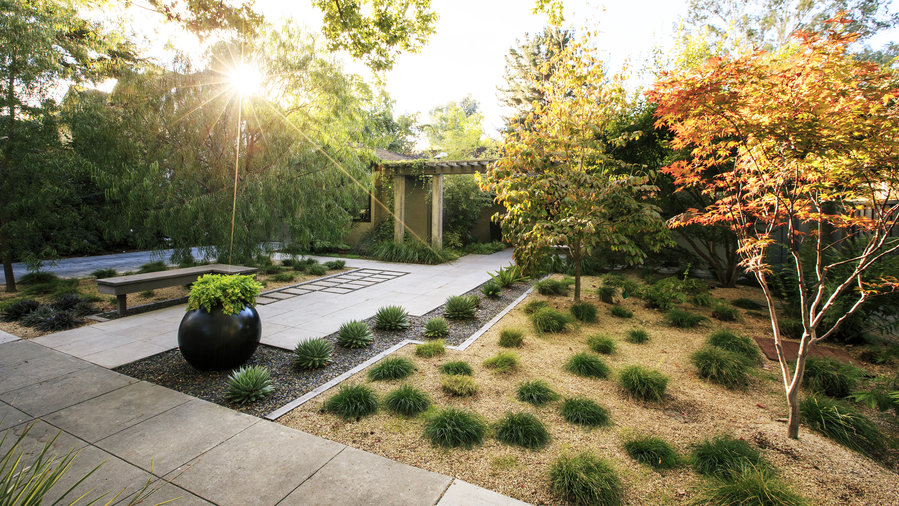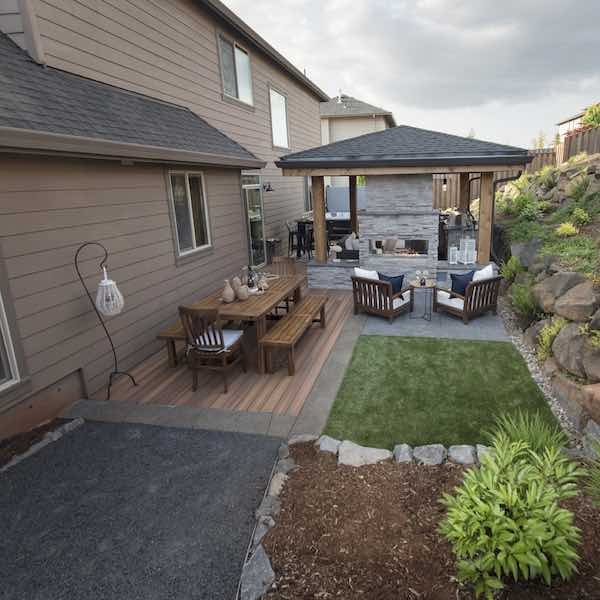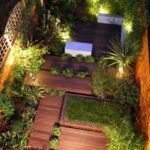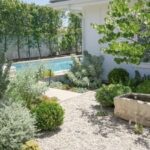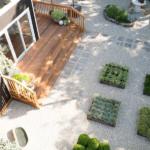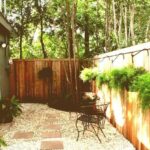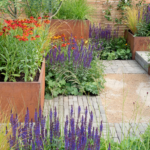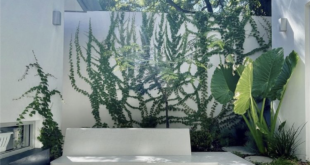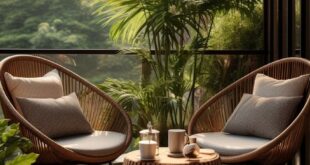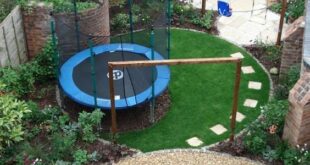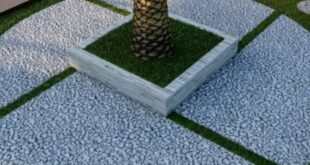When it comes to designing a backyard, many homeowners automatically think of lush green lawns that require a lot of maintenance. However, there are plenty of alternatives to traditional grass lawns that can not only reduce the amount of time and money spent on upkeep but also create a unique and beautiful outdoor space. One popular trend in backyard design is the concept of no lawn landscaping.
No lawn landscaping involves creating a backyard that does not feature a traditional grass lawn. Instead, homeowners can opt for a variety of alternative landscaping features such as hardscaping, native plants, and other low-maintenance options. This type of backyard design can be not only aesthetically pleasing but also environmentally friendly and sustainable.
One of the key benefits of no lawn landscaping is the reduction in water usage. Traditional grass lawns require regular watering to stay green and healthy, which can lead to high water bills and wasted resources. By opting for a no lawn backyard design, homeowners can choose drought-tolerant plants and materials that require minimal watering, helping to conserve water and reduce overall water consumption.
In addition to water conservation, no lawn landscaping also offers the opportunity to create a unique and personalized outdoor space. Homeowners can get creative with hardscaping features such as patios, decks, pathways, and seating areas. These features can add visual interest and functionality to the backyard, perfect for hosting outdoor gatherings or simply relaxing in a private outdoor oasis.
Another advantage of no lawn landscaping is the reduction in maintenance requirements. Traditional grass lawns require regular mowing, fertilizing, weeding, and pest control, all of which can be time-consuming and costly. By opting for a no lawn backyard design, homeowners can minimize the amount of time and effort spent on upkeep, allowing for more time to enjoy the outdoor space.
When planning a no lawn backyard design, homeowners should consider factors such as sunlight exposure, soil type, and drainage to ensure the success of their landscaping project. Working with a landscape designer or contractor can help ensure that the design is both functional and aesthetically pleasing.
Overall, no lawn landscaping offers a sustainable and low-maintenance alternative to traditional grass lawns. By choosing alternative landscaping features and materials, homeowners can create a beautiful and environmentally friendly outdoor space that is uniquely their own. So, if you’re looking to revamp your backyard, consider ditching the grass and embracing a no lawn design for a more sustainable and stylish outdoor space.
 innstyled backyard design ideas
innstyled backyard design ideas
